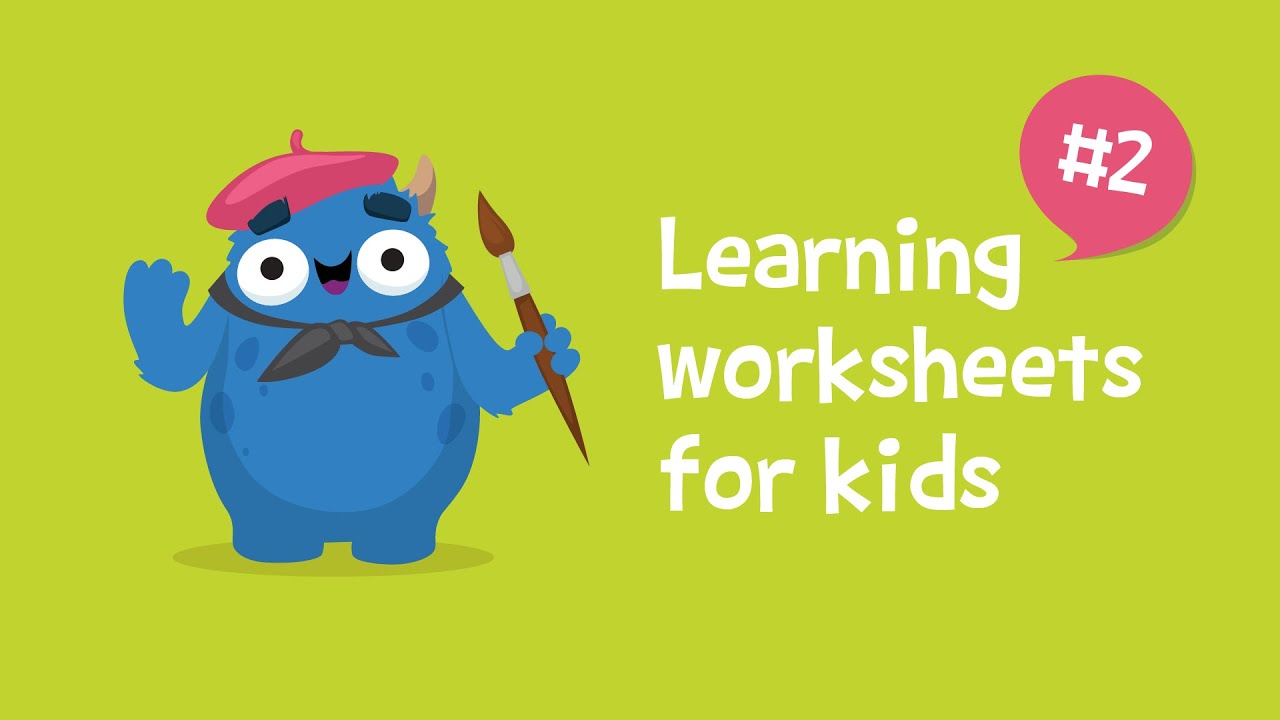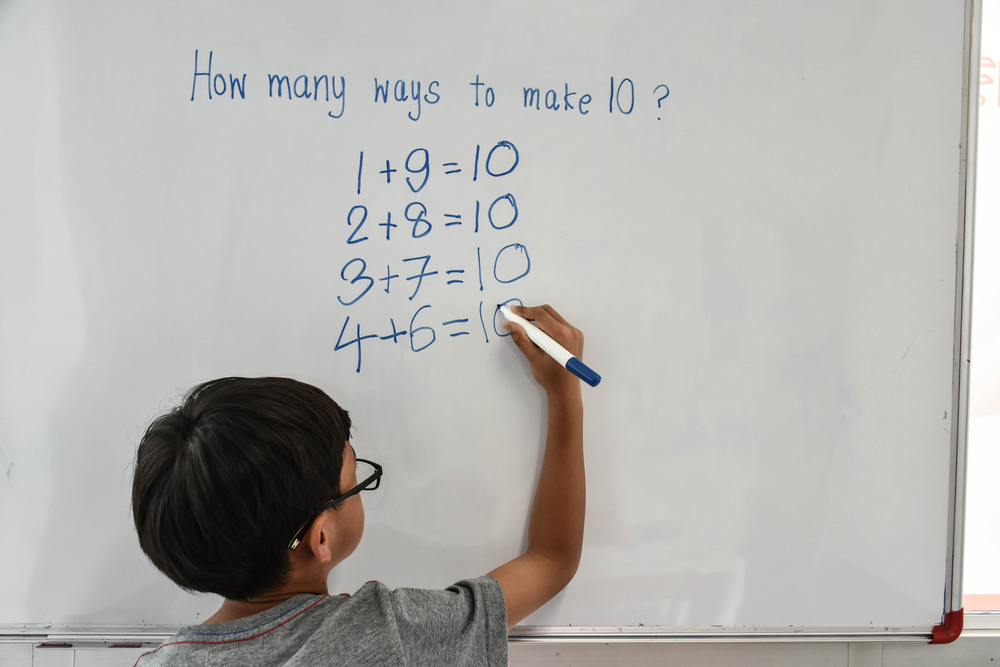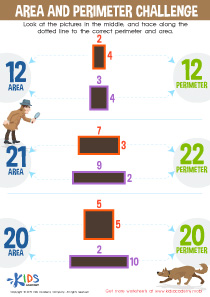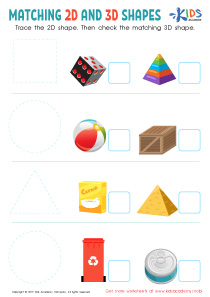Shape Recognition Fractions of Shapes Worksheets for Ages 4-7
9 filtered results
-
From - To
Enhance your child's early math skills with our "Shape Recognition Fractions of Shapes Worksheets for Ages 4-7." These engaging, printable worksheets are designed to help young learners identify and recognize shapes while introducing them to basic fractions. Perfect for kids aged 4-7, each activity seamlessly blends fun with education, assisting in the development of key math and cognitive skills. Our carefully crafted exercises encourage hands-on learning, making complex concepts such as dividing shapes into equal parts easily understandable. Empower your child with the foundational knowledge they need to excel in math, all while having a great time!
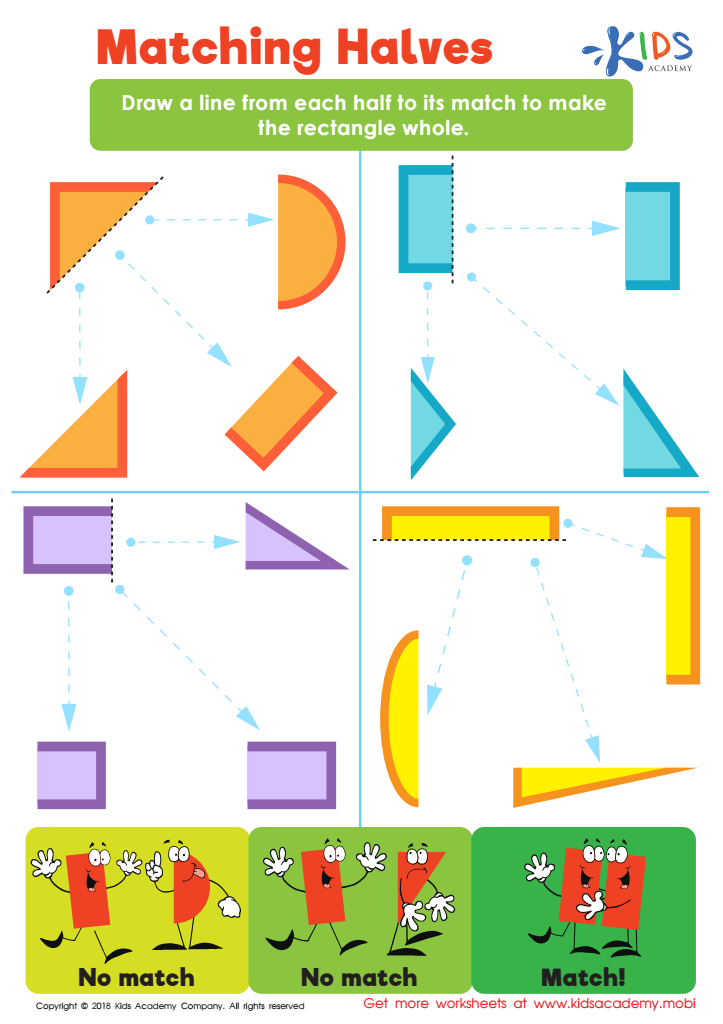

Matching Halves Worksheet
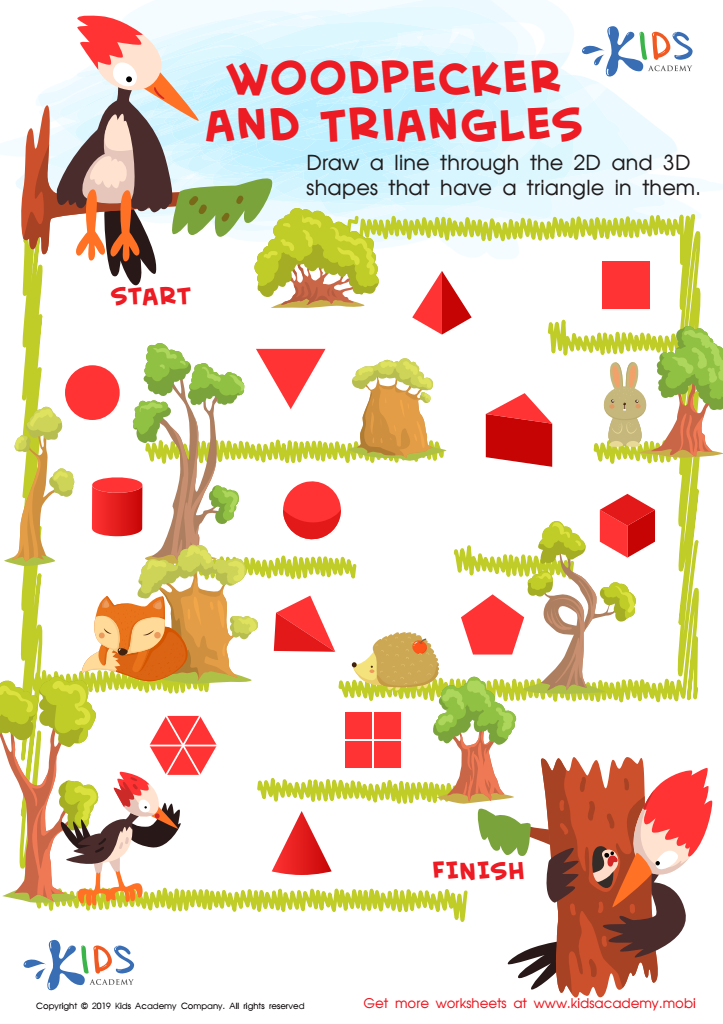

Woodpecker and Triangles Worksheet
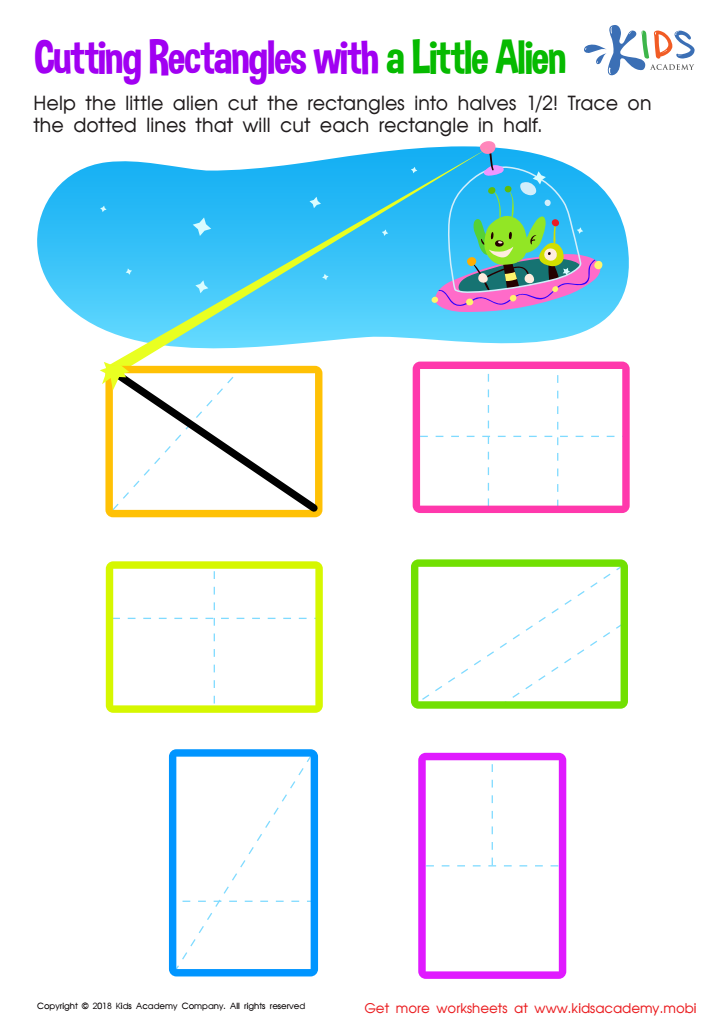

Cutting Rectangles with Alien Worksheet
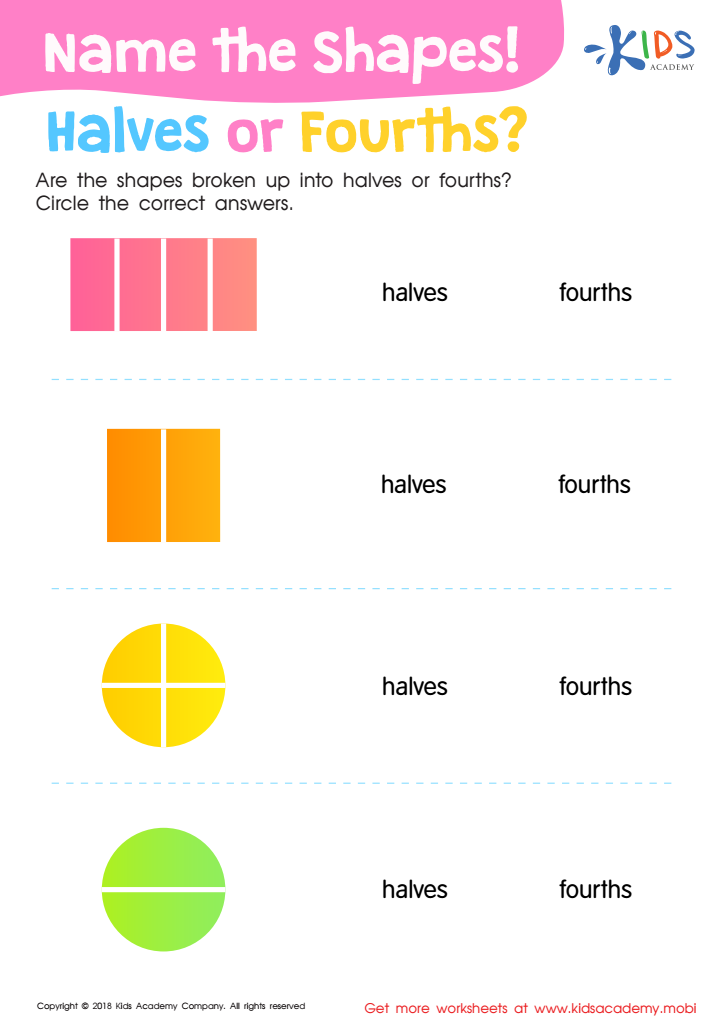

Name the Shapes Halves or Fourths? Worksheet


Shape Sorter Worksheet
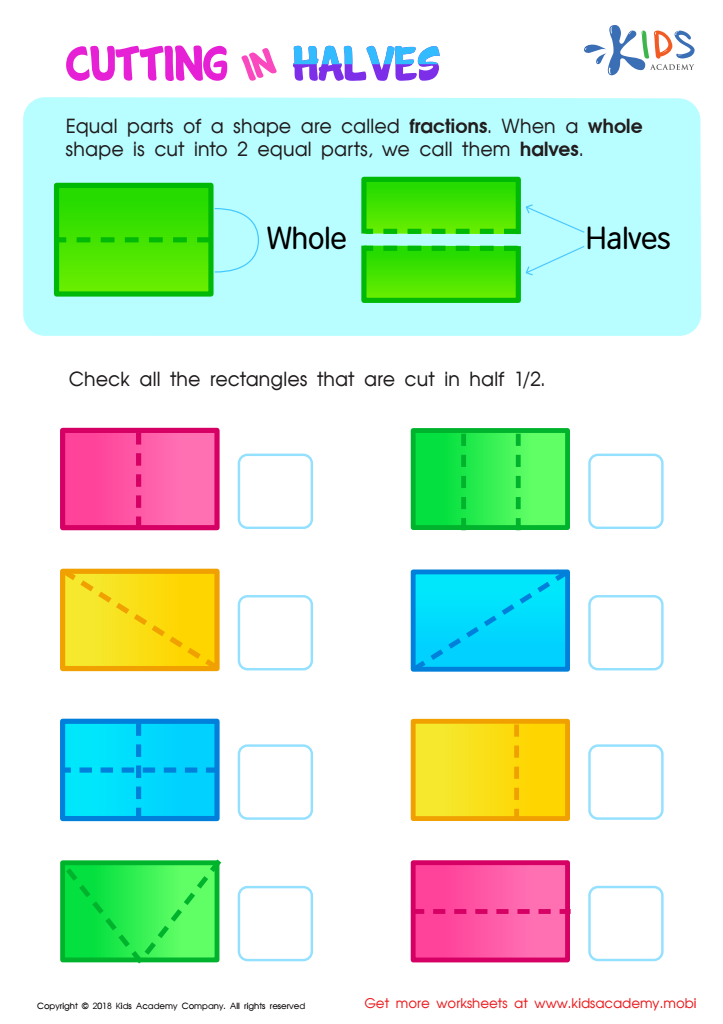

Cutting in Halves Worksheet
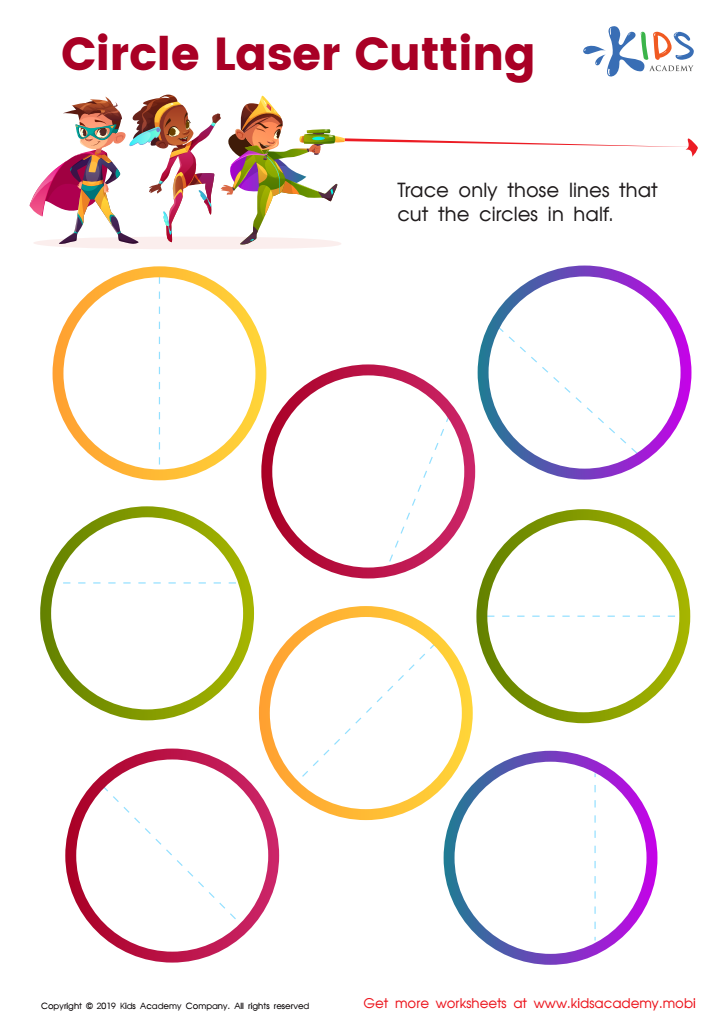

Circle Laser Cutting Worksheet
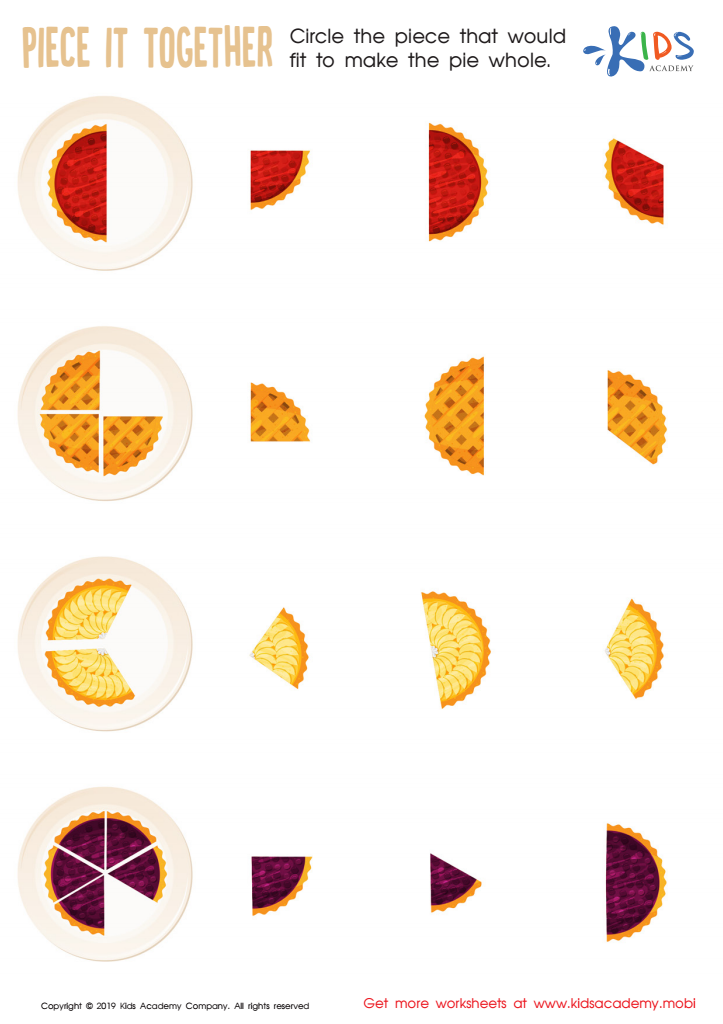

Piece it together Worksheet
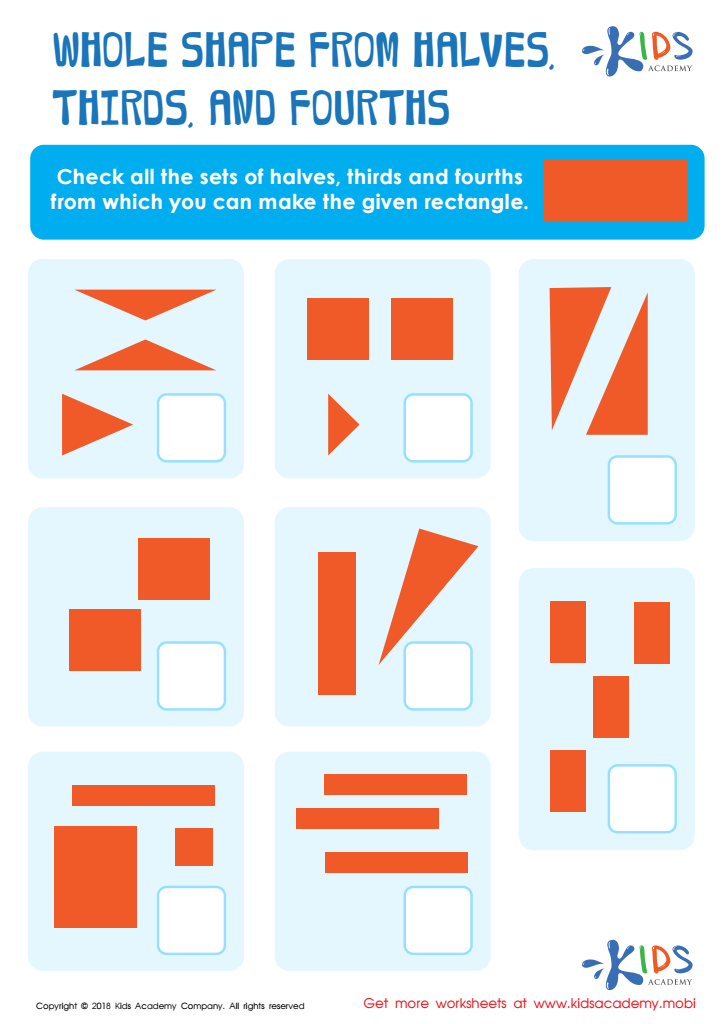

Whole Shape from Halves, Thirds and Fourths Worksheet
Shape recognition and understanding fractions of shapes are foundational skills for children ages 4-7, forming a crucial basis for their future mathematical and spatial learning. These concepts help young learners develop visual and cognitive skills essential for problem-solving and critical thinking.
First, recognizing shapes enhances spatial awareness. When children identify and differentiate shapes, they boost their ability to interpret and interact with the world around them. This skill is vital for more complex tasks such as reading maps, interpreting graphs, or even understanding engineering principles later in life.
Second, learning fractions of shapes familiarizes children with the concept of parts and wholes, laying the groundwork for more complex math concepts. Understanding how shapes can be divided into equal parts and learning the vocabulary of fractions (halves, thirds, quarters) helps kids grasp early arithmetic.
Moreover, these activities promote fine motor skills and hand-eye coordination as children draw or manipulate shapes and fractions of shapes. This hands-on learning encourages engagement and enhances memory retention.
Parents and teachers should prioritize these concepts to cultivate a child’s confidence and curiosity in math. Early mastery sets the stage for academic success, fostering a positive attitude toward learning that can extend into other subjects and daily life.
 Assign to My Students
Assign to My Students





